 Happy Halloween! This candy and costume filled holiday has some very interesting roots. The Halloween we celebrate today is a combination of Samhain (an old Celtic holiday), standard begging traditions, and teenage angst. Samhain (traditionally held on November 1) was celebrated over 2000 years ago in modern day Ireland and marks the transition from summer into winter. During this festival people would feast, light bonfires, take advantage of the supernatural activities present. This period was not only a transition into winter but during Samhain and All Hallows Eve, the wall between the living and spirit worlds would thin and allow for communication with the dead. There is very little archaeological evidence of the Samhain ritual so a majority of the information come from oral traditions or documentation.
Happy Halloween! This candy and costume filled holiday has some very interesting roots. The Halloween we celebrate today is a combination of Samhain (an old Celtic holiday), standard begging traditions, and teenage angst. Samhain (traditionally held on November 1) was celebrated over 2000 years ago in modern day Ireland and marks the transition from summer into winter. During this festival people would feast, light bonfires, take advantage of the supernatural activities present. This period was not only a transition into winter but during Samhain and All Hallows Eve, the wall between the living and spirit worlds would thin and allow for communication with the dead. There is very little archaeological evidence of the Samhain ritual so a majority of the information come from oral traditions or documentation.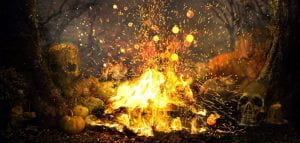
Researchers believe that the Samhain (soon to be Halloween) tradition arrived in the US with the mass immigration of Irish people during the early 1900s. Before the arrival of Samhain, the US practiced traditions that were very similar to trick or treating. During Thanksgiving, children would go from house to house begging for food. In other areas a tradition known as Mumming and Guising was popular during which people would dress up in costume and going around asking for food. All Hallows Eve tricks were also present during the 1800s. Children would tip over outhouses, egg houses, and release livestock as tricks. As time moved on these tricks escalated into block parties and vandalism. Around WWII parents started to encourage their children to go Trick-or-Treating as a way to stop most of the tricks.
The much beloved Jack-o-Lantern also originates from Ireland. This custom is unrelated to Samhei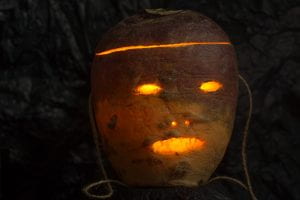 n and actually comes from an old legend about a man name Stingy Jack. Jack invited the Devil to drink and tricked him into turning into a coin. Rather than paying for the drinks with the Devil coin, Jack kept it next to a cross so the Devil could not return to his original form. Jack eventually freed the Devil who agreed to leave Jack alone for a year and not claim his soul when he died. The next year, Jack trapped the Devil in a tree only freeing him once he agreed to leave Jack along for ten years. When Jack died neither heaven nor hell would take his soul, so the Devil gave him a burning coal to use for light as he roamed the Earth. Jack put the coal into a carved turnip and thus Jack of the Lantern was born. The Irish began carving turnips and potatoes to ward of Jack and when they arrived in the US found the native pumpkin to be an even better Jack’s Lantern.
n and actually comes from an old legend about a man name Stingy Jack. Jack invited the Devil to drink and tricked him into turning into a coin. Rather than paying for the drinks with the Devil coin, Jack kept it next to a cross so the Devil could not return to his original form. Jack eventually freed the Devil who agreed to leave Jack alone for a year and not claim his soul when he died. The next year, Jack trapped the Devil in a tree only freeing him once he agreed to leave Jack along for ten years. When Jack died neither heaven nor hell would take his soul, so the Devil gave him a burning coal to use for light as he roamed the Earth. Jack put the coal into a carved turnip and thus Jack of the Lantern was born. The Irish began carving turnips and potatoes to ward of Jack and when they arrived in the US found the native pumpkin to be an even better Jack’s Lantern.
 Have a Happy and Spooky Halloween Everyone!
Have a Happy and Spooky Halloween Everyone!
Follow us on Facebook, Twitter, and Instagram
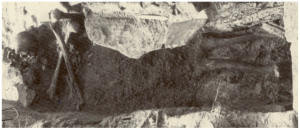
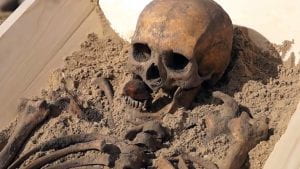
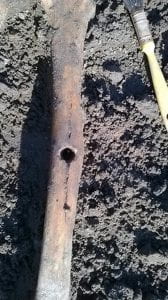

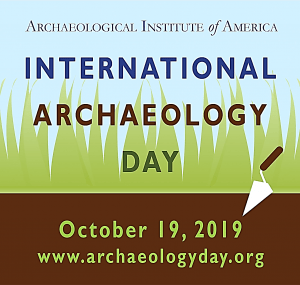
 fictional, they are based on real world facts. In Raiders of the Lost Ark, Indy is chased by the Chachapoyan Tribe. This was a real-life tribe who lived in Peru just prior to the Spanish invasion. They were conquered by the Inca in 1450. The temple Indiana Jones robbed was similar to the actual Chachapoyan temple of Kuelap. Like the fictional temple, Kuelap has a long narrow entrance way that was probably designed as a defensive measure. The biggest discrepancy is that Kuelap does not have a large rolling boulder that chases looter down the narrow hallway.
fictional, they are based on real world facts. In Raiders of the Lost Ark, Indy is chased by the Chachapoyan Tribe. This was a real-life tribe who lived in Peru just prior to the Spanish invasion. They were conquered by the Inca in 1450. The temple Indiana Jones robbed was similar to the actual Chachapoyan temple of Kuelap. Like the fictional temple, Kuelap has a long narrow entrance way that was probably designed as a defensive measure. The biggest discrepancy is that Kuelap does not have a large rolling boulder that chases looter down the narrow hallway.
